Plantae

Bull Thistle
Cirsium vulgare

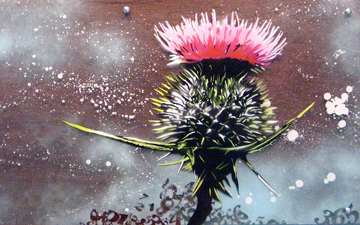
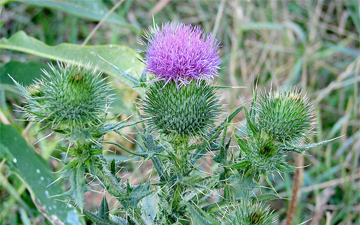
2 POINTS
• Cirsium vulgare has a SPREAD of 1 (requires a POLLINATOR)
• Cirsium vulgare is considered to be an INVASIVE species of Plantae cards of 6/7 scale.

Indian Plum
Oemleria cerasiformis

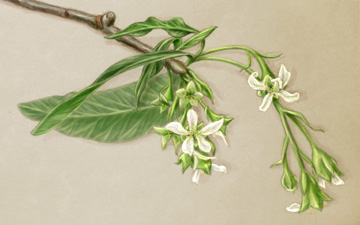
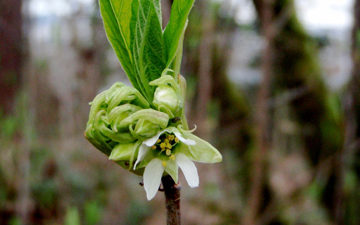
4 POINTS • Oemleria cerasiformis has a SPREAD of 1 (requires a POLLINATOR). “Its twigs can be chewed as a mild anesthetic and aphrodisiac.”

Valley Oak
Quercus lobata


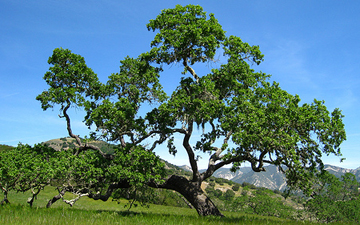
5 POINTS
• Quercus lobata has a SPREAD of 1 (requires a WIND card).
Quercus lobata is the largest of all oak trees in North America, often with trunks 7 feet in diameter, and heights of over 100 feet.

Trembling Aspen
Populus tremuloides

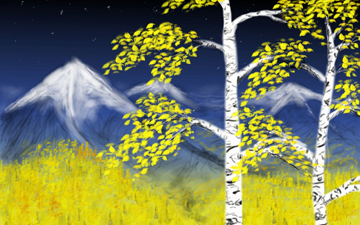

5 POINTS
• Populus tremuloides has a SPREAD of 1.
One P. tremuloides colony (a community of trees from the same original tree), named Pando, is sometimes considered the heaviest and oldest living organism.

Policeman’s Helmet
Impatiens glandulifera

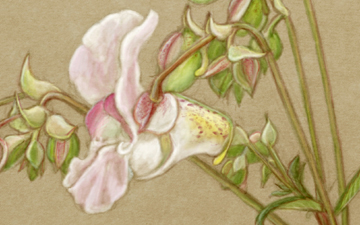
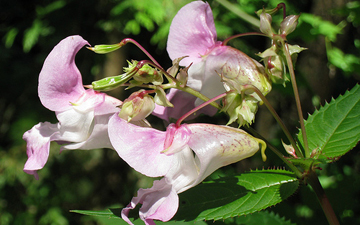
1 POINTS
• I. glandulifera has a SPREAD of 1 (requires a POLLINATOR).
• I. glandulifera is considered to be an INVASIVE species of Plantae cards of identical scale and food chain rank.

Western Red Cedar
Thuja plicata


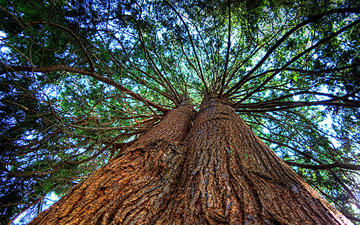
3 POINTS
• Thuja plicata has a SPREAD of 1 (requires a WIND card).